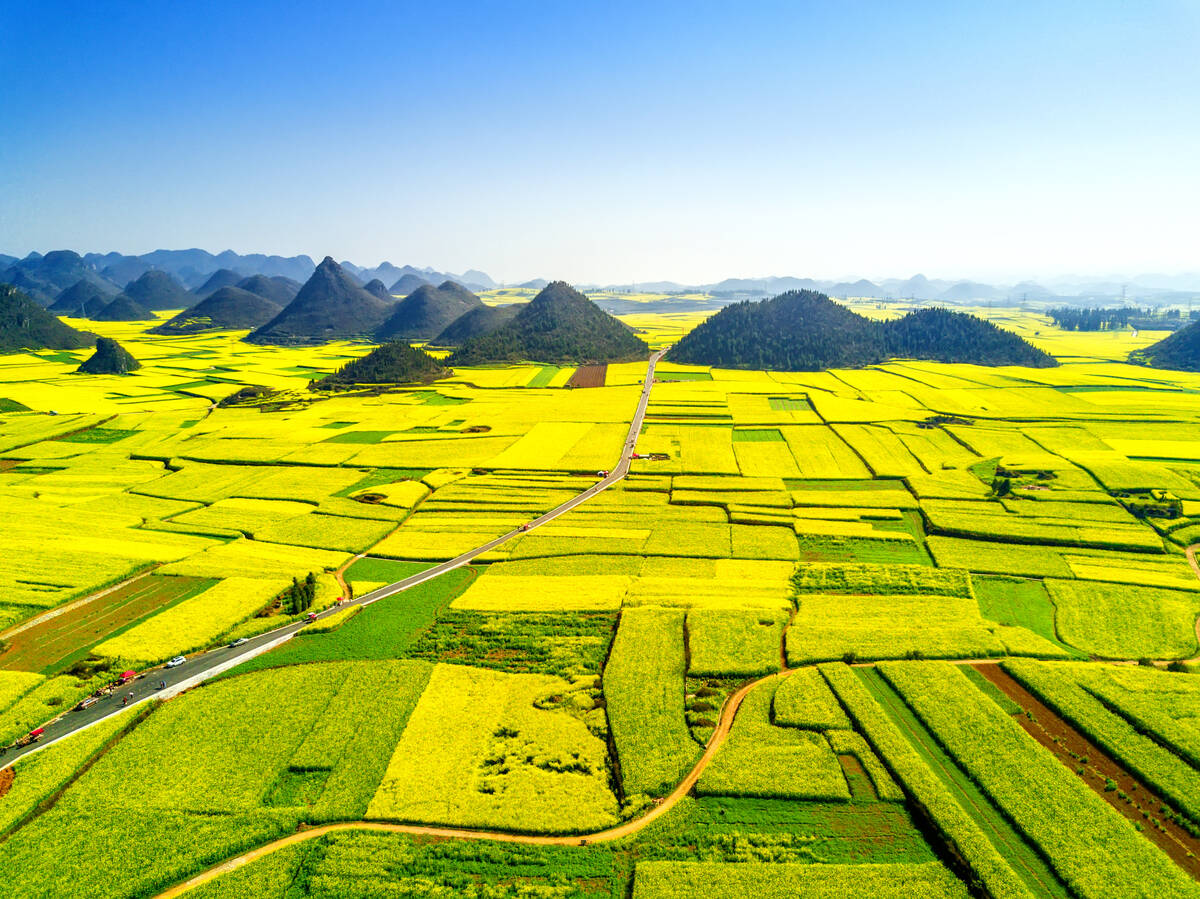LAVOY, Alta. – Looking back it’s hard for Brenda and Gordon Tuck to imagine why they still grow peas.
They laugh about it now, but only the most committed pea growers continued to grow the crop 10 years ago, or maybe only those who should be committed continued to grow peas.
Unlike most traditional crops, to boost growth peas must be coated with a special inoculant before they’re seeded. And back in the Tuck’s early days of growing peas, inoculating required more brute force than science.
Read Also

Short rapeseed crop may put China in a bind
Industry thinks China’s rapeseed crop is way smaller than the official government estimate. The country’s canola imports will also be down, so there will be a lot of unmet demand.
Using broom handles, it took a crew of six to mix the slurry of peas, water, inoculant and wallpaper paste for adhesive in giant garbage pails.
“It was a make-work project,” said Brenda, who made endless trips to town for wallpaper paste. One year they used 29 cases, almost a whole pallet of paste, in an attempt to stick the inoculant to the peas. The dense powder kept clumping into big globs of wet glue too big to fit through the seed drill.
“It was a big job to try and get it mixed,” said Gordon.
Tired of manhandling 100 pound sacks of peas into garbage pails, they graduated to using a mix mill to stick the inoculant onto the seed.
One year they even used a homemade hydraulic pump contraption hooked to a garden hose to mix the inoculant.
“We went through lots of trial and error,” said Gordon.
Now, adding inoculant is a simple procedure of pouring the inoculant directly on the peas while filling the seed drill.
But in those early days, the hassles didn’t end once they got the seed into the drill. Early varieties seemed to produce about six feet of stem that snaked along the ground and made it difficult to harvest.
Smaller swathers and crop lifters attached to the combine were said to be the key to taking off the crop, but finding the right lifter also required trial and error and old-fashioned farm ingenuity.
“We changed lifters worse than babies changed diapers here for awhile,” said Brenda.
While peas may have seemed more trouble than they were worth, it was the peas’ worth that made the couple stick to the new crop.
“Once we got into production, then all of a sudden the markets were there for human consumption. Those were the years wheat and barley were down in price,” said Gordon of the late 1980s and early ’90s, when low crop prices forced many producers into bankruptcy and off the farm.
“I’m not sure we would have enjoyed the same lifestyle on the farm without peas. It would have been more difficult to keep the payments up,” he said, adding some years half the farm was seeded to peas.
“It helped keep some of the extra stuff paid for.”
With bonuses, high-quality peas often brought in twice as much as traditional crops.
Little fertilizer
Because peas are legumes that creates their own nitrogen, Tuck used little or no nitrogen with the crop the year following peas.
“When you add in the savings on fertilizer and improving the land, I think there’s major benefits to peas,” he said.
While peas no longer make up half the farm’s seeded acreage, the crop still makes up a significant part of the rotation of canola, peas and barley.
“Canola and peas pay the bills. Barley is part of our rotation, but it’s not our main money maker,” he said.
But Gordon emphasizes the ecological benefits of peas. In addition to less fertilizer, more environmentally friendly herbicides are used and his fields are a magnet for wildlife. Some mornings the fields are moving with geese and deer.
“I have a feeling we’ve preserved our land and been environmentally much stronger because of it.”














